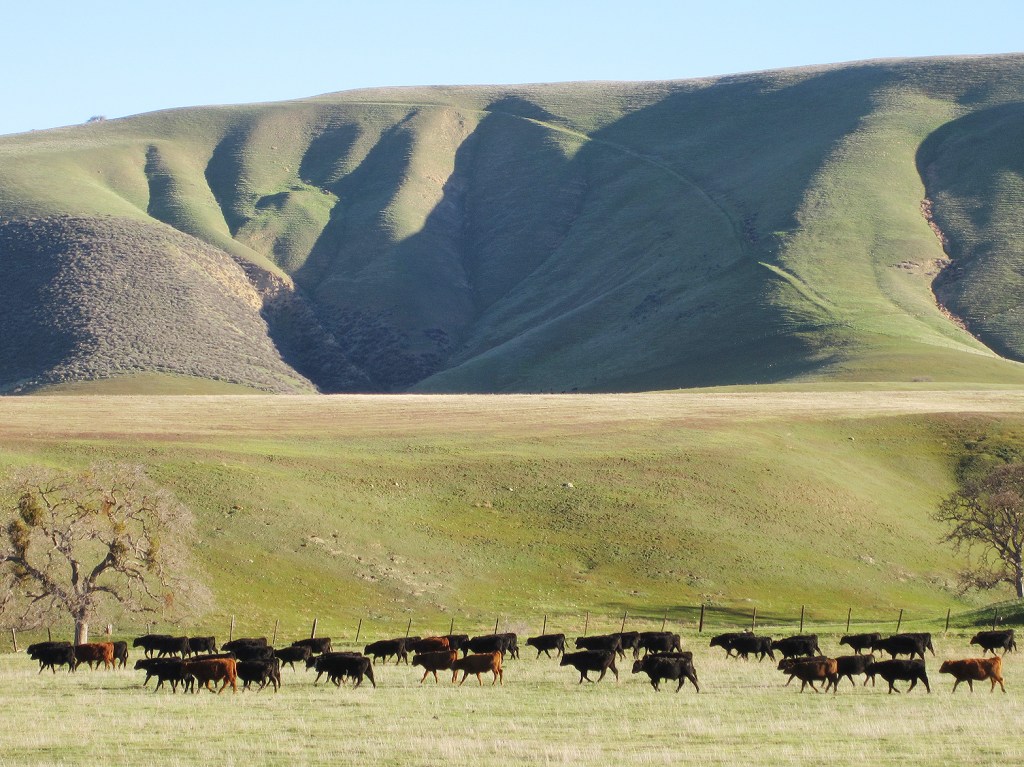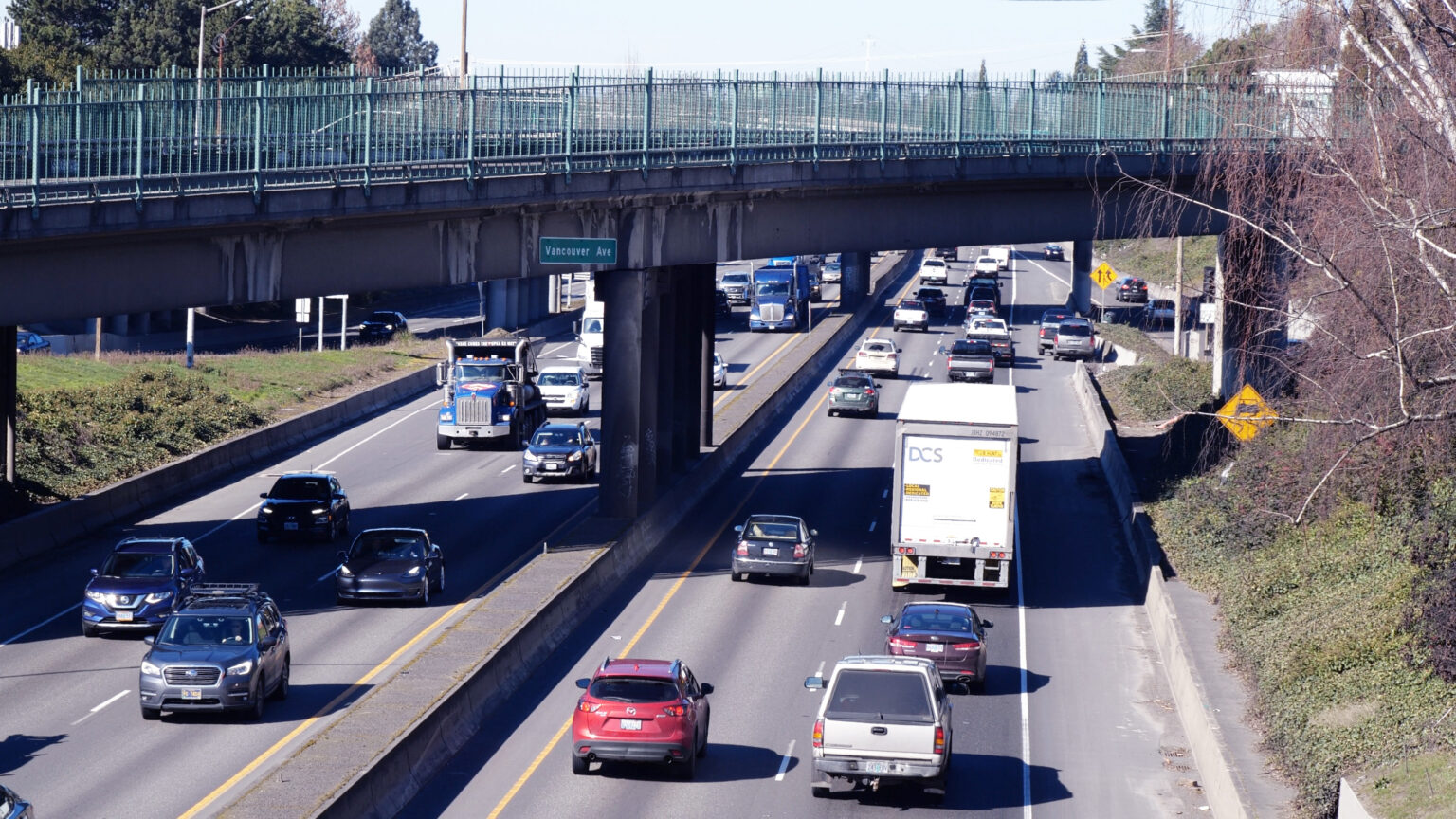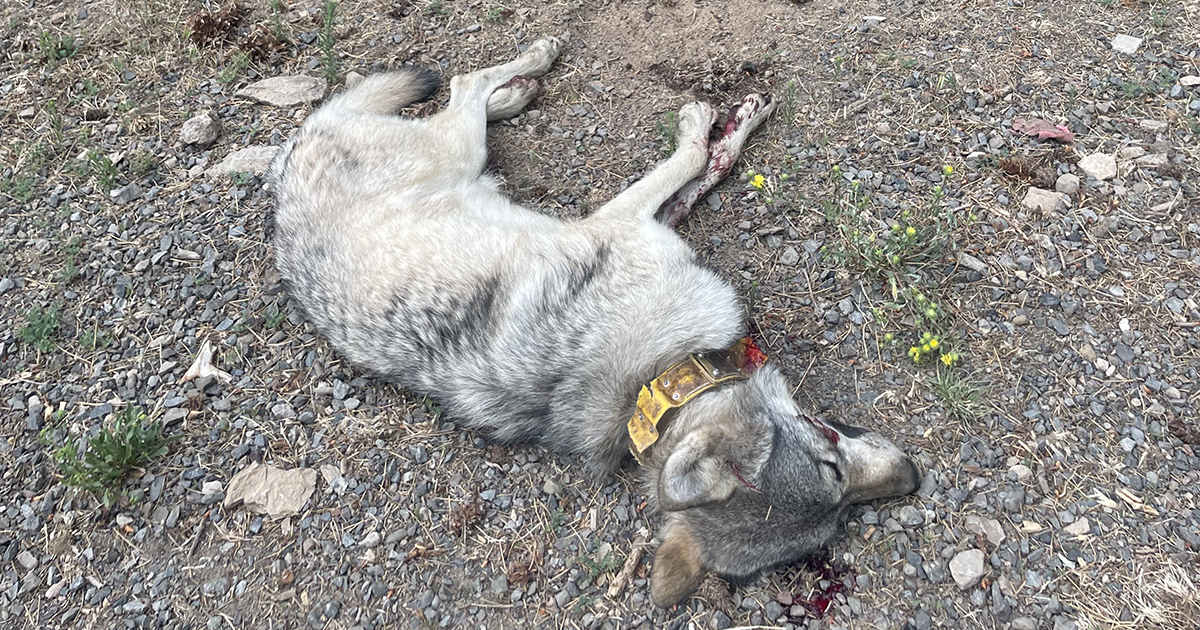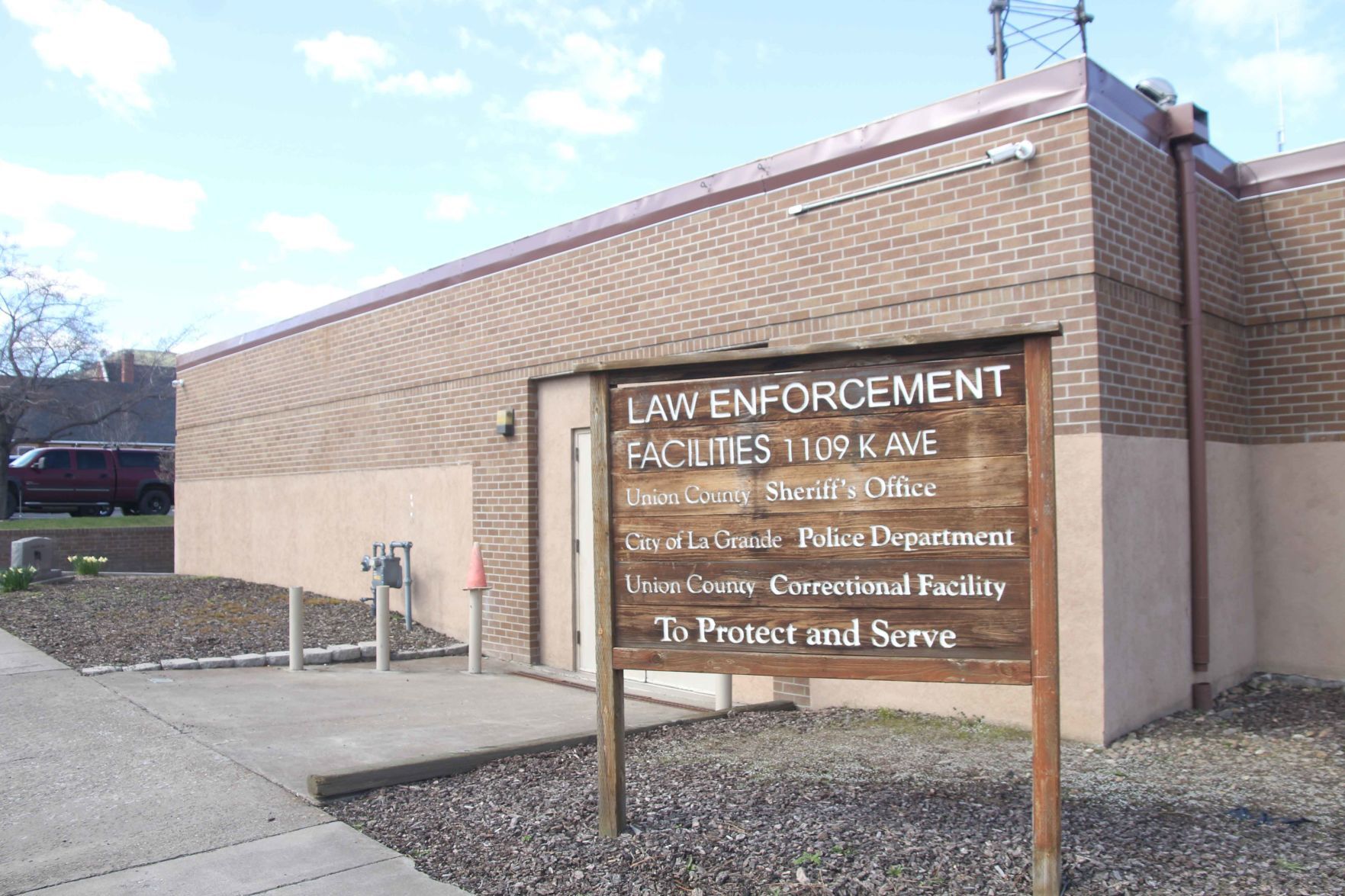Study shows cattle grazing reduces wildfire spread
Published 5:00 am Friday, September 18, 2020

- University of California Cooperative Extension researchers found that across California, cattle remove, on average, 596 pounds per acre of fuel and can be an effective tool to reduce wildfires.
HOLLISTER, Calif. — University of California Cooperative Extension researchers’ news study shows cattle grazing is an essential tool in reducing wildfire — a tool they say should be expanded and refined.
Trending
Recent record-shattering wildfires across California, Oregon and Washington have demonstrated the need for better fire control.
Researchers reported their study shows that without the 1.8 million beef cattle that graze California’s rangelands annually, the state would have hundreds to thousands of additional pounds per acre of fine fuels on the landscape, and this year’s wildfires would be even more devastating. Researchers say cattle grazing is underutilized on public and private lands and targeted grazing should be expanded.
“Cattle grazing directly impacts fuel load and fire behavior,” said Felix Ratcliff, a rangeland consultant who contributed to the research.
Trending
Researchers say more private landowners and public land agencies should contract for grazing.
About 40% of California is grazed, according to Sheila Barry, University of California natural resource and livestock adviser and researcher in the study. But many grazable acres aren’t grazed, she said, and cattle’s role in preventing wildfires often is overlooked.
Justin Oldfield, executive director of the California Cattle Council, which funded the research, told the Capital Press he hopes the study demonstrates grazing benefits.
Some public land agencies already use cattle.
Allison Rofe, rangeland specialist for East Bay Parks in California, said she considers cattle grazing of annual grasslands the “single most effective passive management tool” in fire control.
The East Bay Regional Park District, she said, leases 70% of its 123,000 acres for grazing, and the district’s popular lease program has a waiting list.
Alan Renz, a cattle rancher with 20 leases, said leasing public land demands more driving time, diesel and employees. But it also provides financial opportunities, forage and security; if one property burns, he still has 19 others.
Researchers say grazing needs to be targeted.
Statewide in California, researchers found cattle remove, on average, 596 pounds of fuel per acre. In some regions with more forage, cattle would need to consume another 180 pounds per acre to bring grass down to 800 pounds per acre, which keeps flame lengths below four feet, a critical threshold for accessibility to firefighters.
Devii Rao, livestock and natural resources adviser at the cooperative extension and the study’s lead, said ranchers should target grazing around homes, infrastructure, roadsides and wildland-urban interfaces.
“There are so many things we can do better,” Rao said. “Cattle grazing is really important to fire safety, and it’s time we have more conversations about it.”









